Pros and Cons of Underground Oil Tanks for Homes
Contents
Pros and Cons of Underground Oil Tanks for Homes
When it comes to home heating, oil storage is a critical consideration. One option that’s been used for decades is the underground oil tank. These tanks are buried below the surface and used to store heating oil out of sight. While they may seem like a convenient solution, especially for homeowners concerned with aesthetics or space, the reality is far more complicated.
In this blog, we’ll break down the pros and cons of underground oil tanks, highlighting why they’re becoming less common—and why alternatives like above-ground bunded oil tanks are now preferred by most homeowners and installers.
The Case For Underground Oil Tanks (Pros)
Let’s start with the main arguments in favour of underground tanks. While limited, they do appeal in a few specific scenarios.
Space-Saving Design
The most obvious benefit of an underground oil tank is that it doesn’t take up visible space in your garden or driveway. If you have a smaller plot or simply want to keep your outdoor area open and uncluttered, an underground tank might seem like the perfect choice.
Unobtrusive Appearance
Because these tanks are buried, they won’t disrupt your home’s visual appearance. There are no large plastic or steel structures above ground, making this option popular with those prioritising aesthetics.
Protection from Physical Damage
Being underground means the tank is shielded from accidental knocks, UV exposure, and temperature fluctuations—at least in theory. But this doesn’t make them damage-proof, as you’ll see shortly.
The Much Bigger Picture: The Downsides of Underground Oil Tanks
While the above points may sound appealing, they come with some serious trade-offs. In fact, the disadvantages of underground oil tanks often outweigh the benefits, especially when it comes to long-term cost, environmental risk, and legal liability.
1. Hidden Leak Risks and Environmental Damage
This is the number one concern with underground tanks. Because they’re out of sight, leaks often go undetected for years. By the time a problem is discovered, heating oil may have already seeped into the surrounding soil—and sometimes even groundwater.
This kind of contamination isn’t just expensive to fix. It can also trigger major environmental fines, require extensive soil removal, and make your home much harder to sell in the future. Worse still, insurance rarely covers the full cost of underground tank leak remediation.
Want to know how to spot signs of tank damage? Check out our guide here.
2. Expensive and Disruptive Installation
Installing an underground oil tank isn’t a small job. It requires excavation, soil removal, specialised equipment, and compliance with strict installation standards. This drives costs significantly higher than above-ground models—and that’s just the start.
If a tank ever needs to be removed or replaced, the process has to be repeated all over again. That means more digging, disruption to your landscaping, and a hefty invoice.
3. Ongoing Inspection and Maintenance Burden
Regulations in the UK require frequent inspections of underground tanks—often more than what’s required for above-ground systems. These inspections must be thorough because any undetected issue could lead to environmental damage.
Accessing the tank also requires special tools and expertise, making even minor maintenance jobs more expensive and time-consuming.
4. Legal and Regulatory Complexity
Due to the environmental risks, underground tanks fall under tight regulations. These vary depending on local authorities, but commonly include:
Compulsory risk assessments
Strict installation and decommissioning guidelines
Reporting obligations in the event of a suspected leak
Potential liabilities that could impact future property sales
If you’re not fully familiar with these requirements—or don’t stay on top of inspections—you could unknowingly fall foul of the law.
What Makes Bunded Tanks Better?
Built-in leak protection: A bunded tank has a second skin, designed to catch any oil that might escape from the inner chamber.
Easier inspection: Because they’re above ground, it’s simple to monitor the condition of the tank and catch issues early.
Straightforward installation: No digging. No disruption. No expensive excavation.
More cost-effective long-term: With fewer legal hurdles, fewer surprise repair bills, and easier replacement options, above-ground tanks often pay for themselves in reduced hassle.
Explore our range of bunded oil tanks and find a safer solution for your home.
Final Thoughts: Proceed with Caution
While underground oil tanks might still appeal to a few homeowners who prioritise space or visual appearance, their disadvantages are hard to ignore. Between the risk of hidden leaks, high upfront and maintenance costs, and legal implications, most UK homeowners are better off avoiding them entirely.
For safer, more sustainable options, above-ground bunded tanks are now the gold standard. They’re easier to manage, more environmentally secure, and often more cost-effective over time.
Thinking About Switching?
If you currently have an underground oil tank and are considering an upgrade—or you’re installing a heating system from scratch—we’re here to help.
Visit our bunded oil tanks page to explore trusted, compliant options tailored for UK homes.
Let your next decision be a smart one—for your home, your wallet, and the environment.
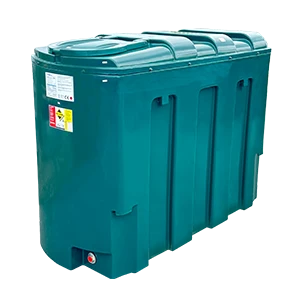
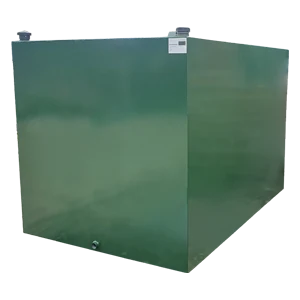
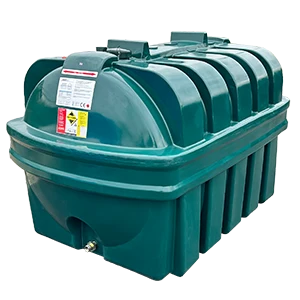
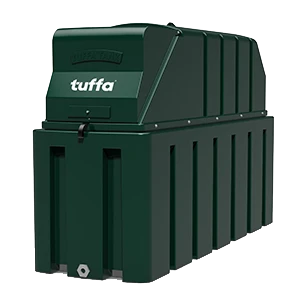
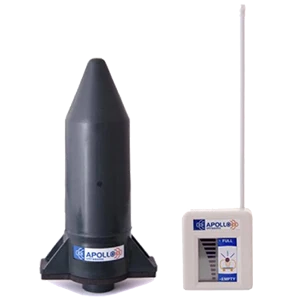
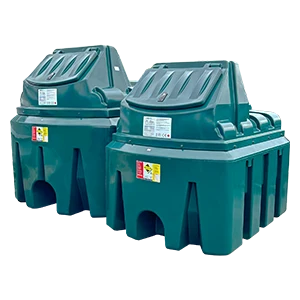
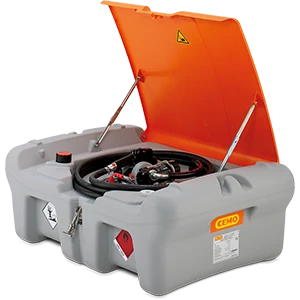
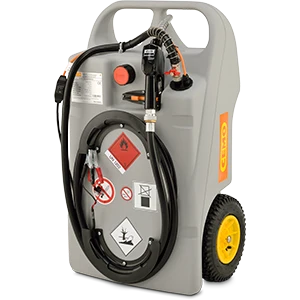
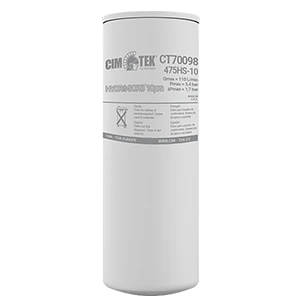
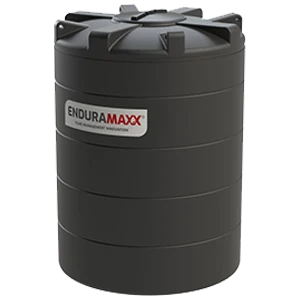
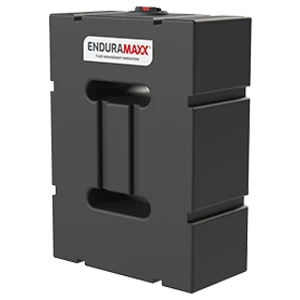
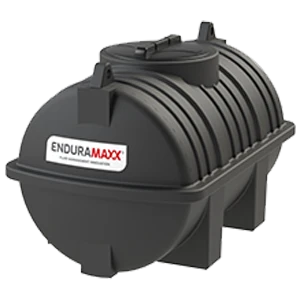
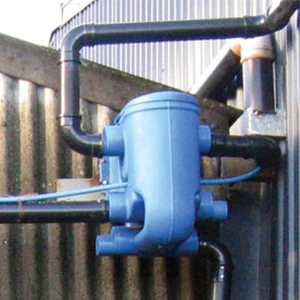
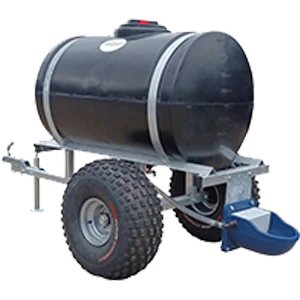
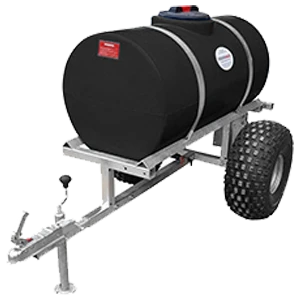
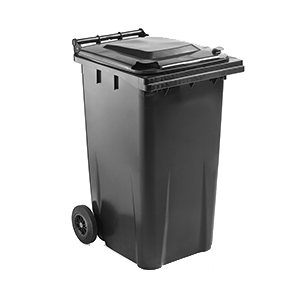

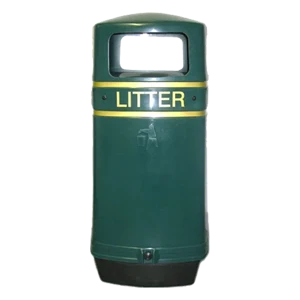

Share This: